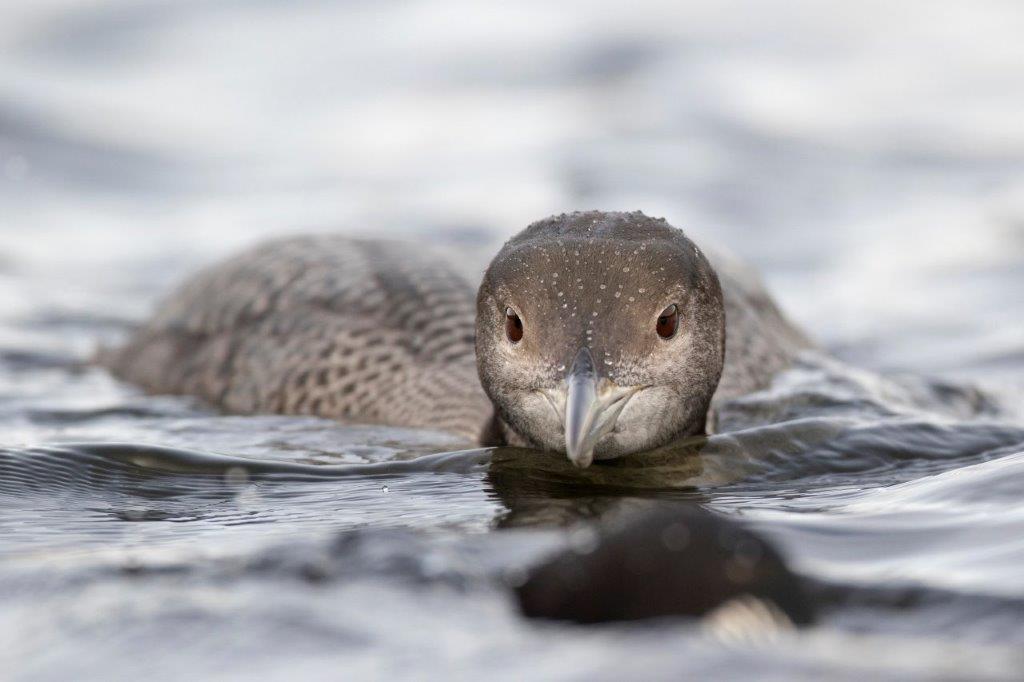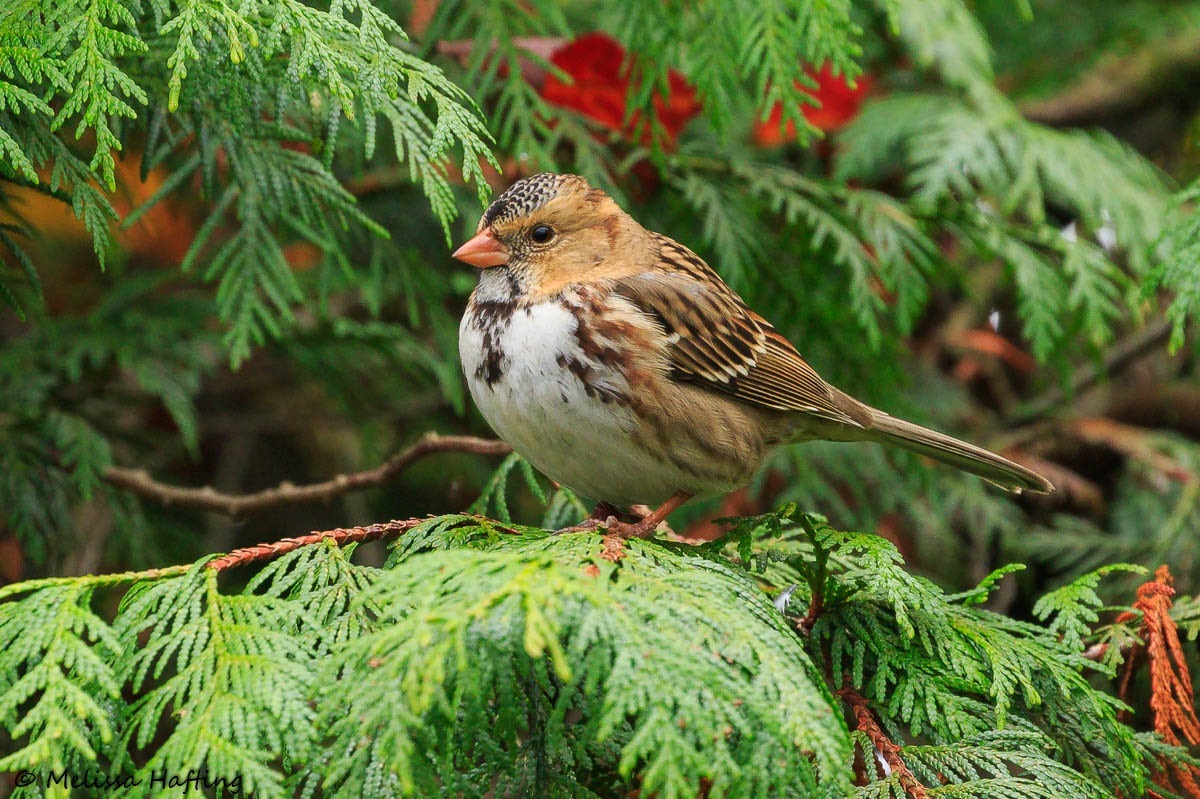By Pete Davidson, Senior Conservation Advisor, Birds Canada
The UN Framework Convention on Climate Change – the only forum where countries can make joint decisions on climate – is meeting now. This meeting is called the 26th conference of the parties, or “COP26”, about climate change.
You might wonder what this has got to do with bird conservation. A whole lot! The climate and biodiversity crises are deeply intertwined, and the outcome of this fortnight in Glasgow will have profound consequences for nature, including birds.
One of the most important things nations can do is explicitly link the climate crisis with the biodiversity crisis, and tackle the two issues as one. The targets must be carbon-neutral, and nature-positive.
Halting the loss of carbon- and nature-rich wetland, grassland and old-growth forest habitats immediately cuts current annual carbon emissions by large amounts, AND conserves threatened ecosystems and species at the same time. So, incentivizing those actions, especially within Key Biodiversity Areas, and eliminating subsidies that are harmful to climate and nature, need to be made top priorities. It must be made easy to implement – for Indigenous, provincial, and municipal governments and for industries.
This approach, combined with monitoring bird populations to demonstrate whether the effects are nature-positive, is at the heart of Birds Canada’s grassland bird conservation partnerships in the Canadian Prairies. Last week, we were delighted to release a climate- and biodiversity-friendly production practices resource guide. Beef production is a major contributor to emissions in many parts of the world, but, in Prairie Canada, it presents a solution.

Photo: Pete Davidson
You can learn more about Birds Canada’s work to understand and mitigate the effects of climate change, and things you can do to help as an individual, here. Also, our new podcast series, The Warblers, includes this great episode in which Kristin Bianchini and Kathy Jones explore the effects of past emissions and current climate warming on the iconic Common Loon, sentinel of Canada’s wild places.
At the global level, BirdLife International, the global alliance Birds Canada is part of, will be advocating at COP26 for the twin crises to be tackled hand in hand. BirdLife is playing a similar role at the Convention on Biological Diversity’s post-2020 Global Biodiversity Framework, the other key global agreement for nature currently being negotiated in the run up to COP15 (of the Convention on Biological Diversity) in China next May. Together, the opportunities presented by climate COP26 and biodiversity COP15 must be seized by governments, as BirdLife CEO, Patricia Zurita, urged in her address to world leaders, on behalf of the world conservation community, in Kunming, China in October.

Common Loon Photo: Mark Peck
Birds Canada is encouraged by the Government of Canada’s commitments to global and national climate and biodiversity goals, including the Leader’s Pledge for Nature, the High Ambition Coalition for Nature and People, and Canada’s four-pillar commitment to the G7 2030 Nature Compact. We encourage Ministers Wilkinson and Guilbeault and their teams to show global leadership and negotiate hard at COP26 for strong, specific actions, starting now. The really tough work begins on their return to Canada, however. I echo my colleagues Justina Ray and Stephen Hazell’s call urging the federal government to lead, engage, and support provincial, territorial, and Indigenous government efforts to establish new protected areas and deploy nature-based climate solutions as part of a comprehensive Canada-wide strategy and action plan for nature integrated with climate goals. We are here to help realize the scale of ambition required.
If you are following COP26, look out for Nature Day on Saturday 6 November. There will be events, including several hosted by BirdLife International and BirdLife partners, showcasing how nature-based solutions are delivering climate and biodiversity goals simultaneously.
With your continued support for bird conservation, we can continue our full-spectrum and ambitious approach to protecting birds and biodiversity. Together, we are Canada’s voice for birds.


